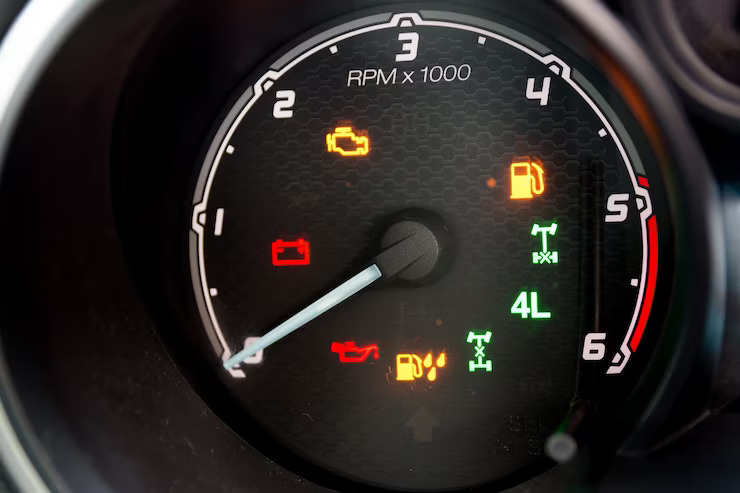Active suspension systems have revolutionized the way vehicles handle and provide comfort on the road. These systems use advanced technology to adjust the suspension settings in real-time, improving ride quality and handling. However, like any complex system, active suspension can encounter issues that trigger warning lights on the dashboard. In this article, we will explore common problems related to active suspension failure warning lights and provide troubleshooting tips to help diagnose and resolve them.
Understanding Active Suspension Failure Warning Lights: When the active suspension system detects a fault or malfunction, it activates a warning light on the dashboard to alert the driver. The warning light may vary depending on the vehicle manufacturer, but it typically features an icon representing a vehicle with squiggly lines or an image of a shock absorber. The appearance of this warning light indicates that the active suspension system is not functioning as intended and requires attention.
Troubleshooting Tips for Active Suspension Failure Warning Lights:
- Check the Owner’s Manual: The first step in troubleshooting any warning light is to consult the vehicle’s owner’s manual. It provides valuable information about the warning light’s meaning, potential causes, and recommended actions to take. The owner’s manual may also contain specific instructions or troubleshooting steps related to the active suspension system.
- Inspect Suspension Components: One of the common causes of active suspension failure is a fault in one or more suspension components. Perform a visual inspection of the suspension system, looking for any signs of damage, leaks, or loose connections. Pay close attention to the shock absorbers, struts, control arms, and sensors. If any issues are detected, it is advisable to consult a professional mechanic or authorized dealer for further diagnosis and repair.
- Check the Leveling System: Some vehicles equipped with active suspension systems also have a leveling system that keeps the vehicle balanced, especially when carrying heavy loads. Ensure that the leveling system is functioning correctly and that all the sensors and actuators associated with it are in good working condition. A malfunctioning leveling system can trigger the active suspension failure warning light.
- Verify Electrical Connections: Active suspension systems rely on a network of electrical connections to communicate between various components. Check the electrical connections associated with the suspension system, ensuring they are clean, secure, and free from corrosion. Loose or damaged connections can disrupt the system’s operation and trigger warning lights. Reconnect or repair any problematic connections as necessary.
- Check for Faulty Sensors: The active suspension system relies on sensors to monitor various parameters, such as vehicle speed, body movement, and road conditions. Faulty sensors can lead to incorrect data readings and trigger warning lights. Consider having the sensors tested or calibrated by a professional technician to ensure they are providing accurate information.
- Reset the System: Sometimes, an active suspension failure warning light can be triggered due to a temporary glitch or electrical disturbance. Try resetting the system by turning off the engine, waiting for a few minutes, and then restarting the vehicle. This can help clear any minor faults or errors in the system. If the warning light persists after the reset, further investigation is necessary.
- Professional Diagnosis: If the above steps do not resolve the issue, it is recommended to seek professional assistance. Authorized dealerships or reputable auto repair shops have the necessary diagnostic equipment and expertise to identify and rectify complex problems within the active suspension system. They can also access any specific technical service bulletins or recalls related to the active suspension system for your vehicle.
Active suspension failure warning lights indicate that there is a problem with the active suspension system. By following these troubleshooting tips and seeking professional help when needed, drivers can address the issues promptly and restore the optimal performance of their active suspension system, ensuring a comfortable and safe driving experience.











